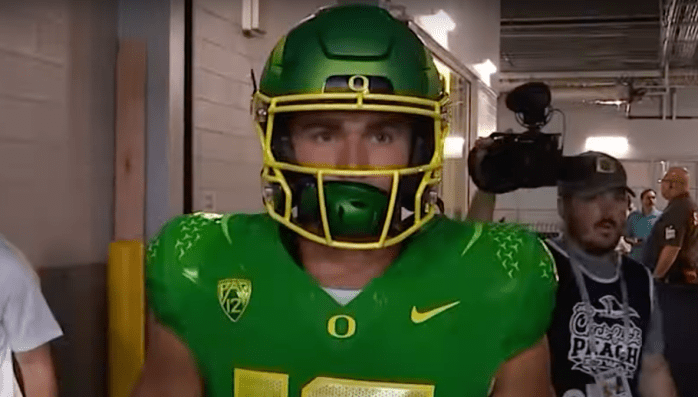By Kenneth Kowald
Thanks to a very rich man's obsession with the then new “horseless carriage,” something unique happened in Queens about a century ago and it has left a green swath in a part of our borough, long after the reason it was built was forgotten.William K. Vanderbilt, Jr. (1849-1920), known as “Willie K.” to his friends, was an heir to the family railroad fortune and an officer of the New York Central and Hudson River Railroad. He became a devotee of the new motor car and organized automobile races, called the Vanderbilt Cup, over local roads. But he and his motoring friends felt the need for a more appropriate venue and in 1906, they formed the Long Island Motor Parkway Corporation. The first 10-mile stretch of what was to be a 48-mile road opened in 1908. This was a year before the Queensborough Bridge opened. Old maps that I have seen indicate that the road ran from “Nassau Road” in Queens (it appears to be near Jamaica and not the Nassau Boulevard we know in northeast Queens) to Lake Ronkomona in Suffolk County. I have come across a good deal of information about the motor parkway, but there is some doubt about sections of the route, at least in Queens.The Vanderbilt Motor Parkway was one of the first concrete roads in the country, the first highway to use bridges and overpasses and the first high-speed route from Queens to Suffolk. By the time of World War I, it was open to the public as a toll road and continued in service to April, 1938, when the Northern State Parkway (then a cheaper toll road) forced it out of business.There were 12 toll booths on the motor parkway, providing access to the road. One of them, that I know of, has been moved, restored and is now the home of the Garden City Chamber of Commerce. The last toll keeper lived in this five-room building with his wife and three children. He bought the lodge for $500 when the road closed down. These lodges were designed by John Russell Pope, who designed the Jefferson Memorial, the Archives Building, the National Gallery and Constitution Hall in Washington, D. C. and a wing of the American Museum of Natural History. Willie K. did not spare the expenses.Of the few bridges remaining from the parkway's original 65, the New York City Department of Parks and Recreation maintains both the Fresh Meadows and Hollis Hill Bridges. The stretch of the parkway in Cunningham Park is ideal for walkers, joggers and bicyclists and is part of the New York City Greenway program, a planned network of more than 350 miles of landscaped bicycle and pedestrian paths throughout the city.You may enter the motor parkway along some dead-end streets in Hollis Hills, like 209th Street at Richland Avenue, and at 199th Street just north of Union Turnpike and in Alley Pond Park, at Union Turnpike and Winchester Boulevard, between the playground and the tennis bubble. Just beyond the bridge, on Hollis Hills Terrace, after Richland Avenue, is a small entranceway to the parkway, as well.On occasion, the Queens Historical Society joins with the Urban Park Rangers to organize a public walk along a scenic portion of the route. The society may be reached by calling 718-939-0647.This quiet stretch of greenery, so much a part of our urban landscape yet so apart from it in many ways, is a reminder of the days when a rich man's obsession gave rise to a vision and a reality which today benefits so many people in Queens and elsewhere on Long Island. Thank you, “Willie K.”!Setting the record straight: A reader in Kentucky (that's another story) who read the two Thanksgiving columns about the Flushing Remonstrance, notes that the first Thanksgiving took place in Virginia, not in New England. The reader cites the following orders from the London Company to those who settled the area known as the Berkley Hundred: “Wee ordainee that the day of our ship arrivall at the place assigned for the plantation in the land of Virginia shall be yearly and perpetually keept holy as a day of Thanksgiving to Almighty God.” That was 13 years before the Pilgrims. Our national observance was proclaimed by Abraham Lincoln during the Civil War in 1863 and it was fixed as a public holiday for the fourth Thursday in November by Franklin D. Roosevelt, in 1941.






























